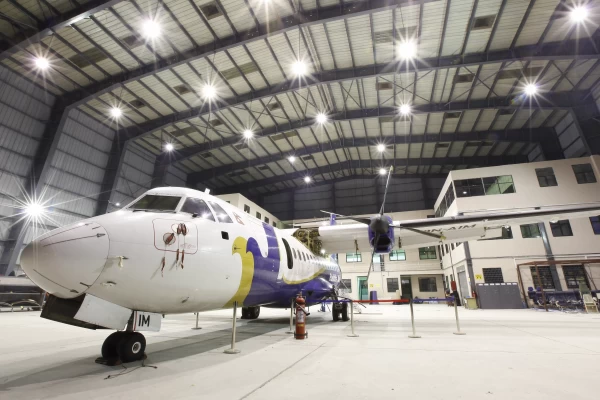4 Pillars of Safety Management SMS in Aviation and Beyond

1. Safety Policy and Objectives
The Pillar #1 of ICAO states safety policy and objectives of an organization. Under this pillar, defined is how an organization manages safety and documents it with other employees.
The process goes with;
I. Commitment and Responsibility
The commitment and responsibility of employees and management towards safety is reflected in a policy statement, signed by the Accountable Executive.
II. Safety Accountabilities
Safety accountabilities is the statement which clearly defines the safety responsibilities of every employees at different levels in the organization. It also depicts the responsibilities established in critical areas whenever responsibility holders are absent.
III. Emergency Response Plan
Emergency Response Plan is the proper plan that is implemented to ensure best practices whenever an emergency situation arises.
IV. Documentation
The overall safety activities must be documented and delivered to the employees. The documented policies must be undertaken by the employees when required.
2. Safety Risk Management
The Pillar #2 of ICAO states safety risk management in an organization. Under this pillar, hazard is identified and risk management process is carried out.
I. Hazard Identification
The airline must process risk management activities to ensure every possible hazards can be identified.
II. Risk assessment and mitigation
After every possible hazards are analyzed, their possible results are accessed and well communicated in organization. Actions to mitigate various detected hazards must be undertaken for risk management.
3. Safety Assurance
The Pillar #3 of ICAO states safety assurance in an organization. Under this pillar, safety is measured and monitored to implement changes.
I. Safety Performance Monitoring and Measurement
Safety assurance is done to access the health of an organization, focusing on safety. The required goals is set for improvements for managerial employees. It is done to monitor and measure the safety goals.
II. Management of Change
Management of Change is responsible for identifying various safety related factors and introducing changes in the organization.
III. Continuous improvement of the Safety Management System (SMS) program
Safety assurance uses various tools to audit the overall organization. For the continuous improvement of the Safety Management System (SMS) program, each functional area of the airline is processed and accordingly.
Also read: Passenger Safety Measures Taken by Airlines to Keep You Safe
4. Safety Promotion
The Pillar #4 of ICAO states safety promotion in an organization. Under this pillar, safety is promoted by providing training and education and communicating within organization.
I. Training and Education
For the safety promotion, operators need to identify safety training requirements for each level of management and for each employee. The main objective behind training and education is to ensure that the employees have the knowledge and skills to safely complete work activities.
II. Safety Communication
Safety communications means to ensure safety by providing information to all level of employees. Communicating every aspect to employees and management is done for implementing improvements on all the levels.
